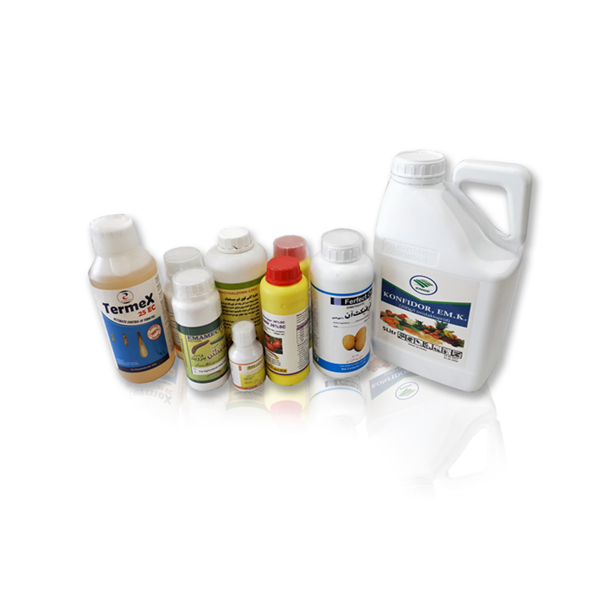Efficacy of Fipronil
In dogs and cats, fipronil applied as a spot-on is highly effective against fleas and several tick and lice species. But not against all ticks and lice species that can infest dogs and cats. Efficacy against fleas is comparable to that of other modern insecticidal active ingredients such as imidacloprid, pyriprole, spinetoram or spinosad. The insect development inhibitors (e.g. methoprene, pyriproxyfen) often added to the formulation target the immature stages of the fleas that develop off the animals in the domestic environment of the pets.
In livestock fipronil is so far exclusively used against cattle ticks (Boophilus microplus) and horn flies (Haematobia irritans). It is a quite popular alternative in regions where these two important parasites have developed high resistance to synthetic pyrethroids and organophosphates.
Pharmacokinetics of Fipronil
Fipronil is quite lipophilic and when applied topically to animals it is deposited in the sebaceous glands of the skin, from where it is slowly released. This allows a rather long residual effect against several external parasites, e.g. fleas and ticks.
Absorption of topically administered fipronil is rather low in dogs and cats, usually not more than 5% of the administered dose. The absorbed fipronil is found predominantly in fatty tissues. The primary metabolite is the sulfone derivative, which is substantially more toxic, both for parasites and for mammals.
Excretion of absorbed fipronil occurs mainly through the feces. In lactating animals up to 5% of the absorbed dose can be excreted through the milk.
Post time: Mar-30-2021


